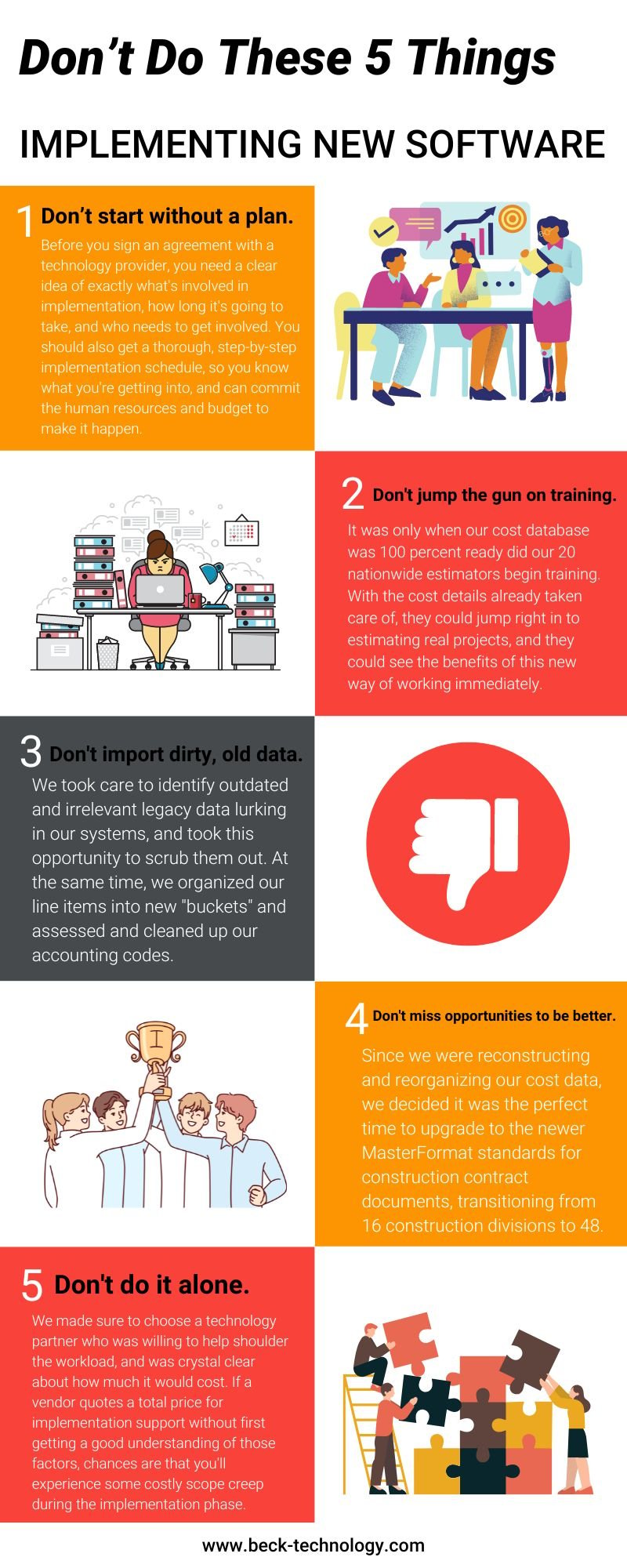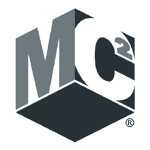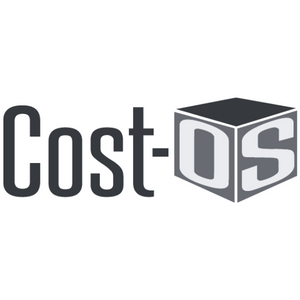Implementing Estimating Software? Don't Do These Five Things
This article was written by Brian Marks, Senior Estimator of The Korte Company, and published in the January/February 2018 edition of DCD Magazine.
Last year, The Korte Company undertook a major software implementation: We upgraded to a new estimating platform across all of our nationwide offices. The transition was kicked off in April 2017, and by November, all 20 of our estimators across the country were trained and ready to use our new software, DESTINI Estimator by Beck Technology, on every project. During the eight months of hands-on work in between, we learned just how much a solid implementation plan matters.
We knew before we started that a nationwide software transition would require extraordinary effort, and it did. We even mapped out ahead of time a list of top things to avoid as we built our implementation approach. At the end of a seamless roll out, it was clear that we apparently had done a lot of things right. To help you learn from our experience, I'll share how we carefully avoided five major pitfalls along the way.

1. Don't start implementing new software without a plan, ideally a phased plan
There's no sense in investing in technology if you're not 100 percent committed to maximizing every penny of your investment, and it's important to be realistic about exactly what is needed to achieve that. At Korte, we locked down every step of our phased implementation approach before we even bought the software. We decided to move forward only when we were confident that we would be able to follow through on the next phase of our plan. Note here as well that I say "phased implementation" as our approach; we were very methodical on how, when, who was involved, and at what stage.
Before you sign an agreement with a technology provider, you need a clear idea of exactly what's involved in implementation, how long it's going to take, and who needs to get involved. Make sure that you get it in writing, so there are no surprises after the deal is signed.
At no cost to you, your technology partner should provide a detailed scope of work, including the support and training they will provide. You should also get a thorough, step-by-step implementation schedule, so you know what you're getting into, and can commit the human resources and budget to make it happen.
2. Don't jump the gun on training
Several months of implementation were spent transferring our existing cost data into the database application that's tied to our new estimating software, then building out the rate tables and assemblies that make our estimators' work faster and easier.
It was only when our cost database was 100 percent ready did our 20 nationwide estimators begin training. We didn't want to introduce a new system and then bombard them with constant changes and updates. Everything was fully scrubbed, loaded, tested, and ready before they ever set foot in a training room.
Our new database looks a lot like the old one, and that's intentional. When our estimators opened DESTINI Estimator for the first time, we wanted them to see line items and assemblies that felt familiar. They didn't have to recreate assemblies or make sense of a massive amount of new data; all they had to worry about was learning their way around a new interface.
Those months of database work helped their training time really count. With the cost details already taken care of, they could jump right in to estimating real projects, and they could see the benefits of this new way of working immediately.
3. Don't import dirty, old data
During implementation, I was the single point of contact for data coming from five offices. My job was to bring it all together into a single, nationwide cost database to support the estimating system.
As you might imagine, a lot of dirty data works its way into one office's cost database over decades of projects, and we had that issue many times over. We took care to identify outdated and irrelevant legacy data lurking in our systems, and took this opportunity to scrub them out. At the same time, we organized our line items into new "buckets" and assessed and cleaned up our accounting codes.
Scrubbing data is labor-intensive, and it goes a lot faster when you have help. Our software partner went so far as to create drop-down menus in our Excel worksheets, so that I could assess line items faster, and did quite a bit of hands-on data sanitizing before handling the upload into the new system for us. No data went live without us reviewing it thoroughly. It is, after all, our company's intellectual property - and a big reason we win work - so we had to get it right.
4. Don't miss opportunities to be better
Since we were reconstructing and reorganizing our cost data, we decided it was the perfect time to upgrade to the newer MasterFormat standards for construction contract documents, transitioning from 16 construction divisions to 48.
Making these changes during the transition prevented the need to do it later, when digging into the database would have been more disruptive. Our newly-hired estimators and those coming straight out of college can now jump right into a database that correlates with what they are familiar with, and with the specifications they'll be seeing from architects and engineers.
5. Don't do it alone
Plenty of technology providers are happy to sell you a box of software for a set price and then nickel-and-dime you for the help you need to actually use it. Switching to a new estimating system takes months, and if you're paying on time and materials, it's easy to run up an astronomical bill before your estimators even get to start training.
This expensive "a la carte" implementation approach is one of the reasons why too many software implementations never reach their full potential. We considered the cost of implementation part of the overall price tag of the software, and we didn't see any reason why anyone shouldn't know that cost up front. We made sure to choose a technology partner who was willing to help shoulder the workload, and was crystal clear about how much it would cost.
Our software agreement included a guaranteed maximum price for a set scope of implementation support. We received a detailed description of what was included for that lump sum and what wasn't. We got a promise that the provider would produce documentation and be available when needed - and they kept that promise.
Our software firm got the scope right because they took the time to understand our legacy systems, business, and workflow. If a vendor quotes a total price for implementation support without first getting a good understanding of those factors, chances are that you'll experience some costly scope creep during the implementation phase.
Take the Time to Get it Right
One of the reasons that AEC firms often lag behind in adopting technology is that implementation is just plain intimidating. Yes, it takes a lot of work to choose the best product for your firm, get everyone's buy-in, integrate the new software with existing systems, and get people actually using it to its full potential. But if you carefully plan your implementation ahead of time, you'll avoid a lot of mistakes, and be much more likely to reap the full benefits of your technology investment. You can hit the ground running instead of stumbling. Hopefully one of these five points will help you prepare for implementing new software in your company.

-1.png?width=112&height=112&name=image%20(4)-1.png)














